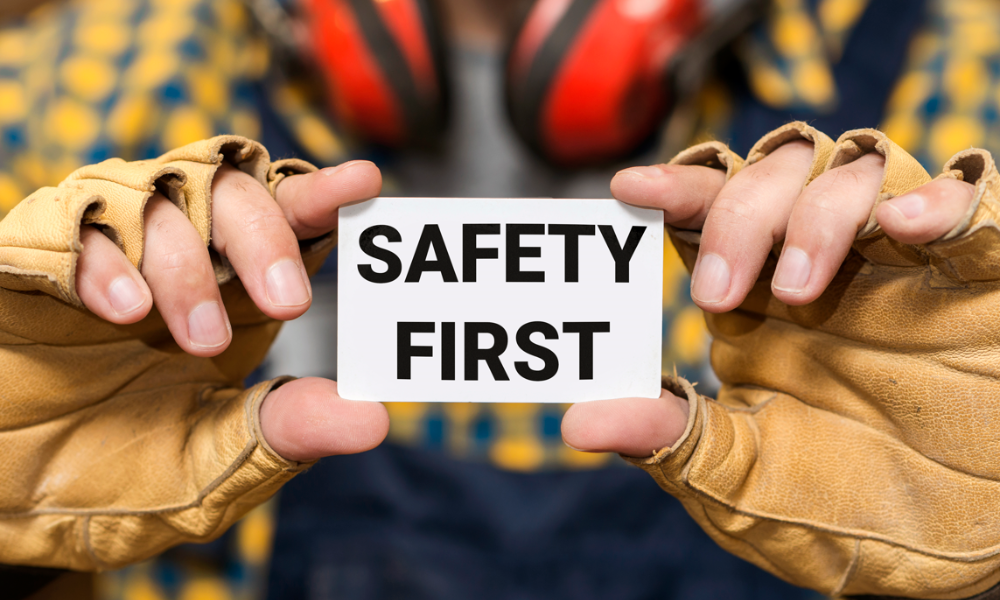
Enhancing Building Safety through Facilities Management
In the dynamic landscape of today's construction industry, ensuring the safety of buildings is paramount. A critical aspect of achieving this objective lies in the strategic implementation of facilities management practices. Facilities management goes beyond the traditional roles of maintenance and upkeep; it plays a pivotal role in enhancing the safety and security of buildings, creating environments that are not only functional but also resilient in the face of various challenges.
The Crucial Role of Facilities Management
Facilities management encompasses a spectrum of responsibilities, from routine maintenance to emergency preparedness. By integrating safety measures into daily operations, facilities managers contribute significantly to preventing accidents and addressing potential hazards. A well-maintained building is not only aesthetically pleasing but also inherently safer for its occupants.
Innovative Strategies for Building Safety
1. Risk Assessment and Planning: Facilities managers are at the forefront of identifying potential risks within a building. Through comprehensive risk assessments, they can develop strategic plans to mitigate hazards and enhance overall safety.
2. Integrated Technology Solutions: The advent of smart building technologies has revolutionized facilities management. Automated systems for fire detection, surveillance, and access control are instrumental in providing real-time information, and enabling quick responses to potential threats.
3. Proactive Maintenance Programs: Regular maintenance is the backbone of building safety. Facilities managers employ proactive maintenance programs to identify and rectify issues before they escalate, ensuring the longevity and safety of the structure.
Best Practices in Facilities Management for Safety
1. Training and Education: Facilities management teams should undergo continuous training to stay abreast of the latest safety protocols and technologies. This knowledge empowers them to make informed decisions in emergencies.
2. Collaboration with Stakeholders: Building safety is a collaborative effort that involves multiple stakeholders. Facilities managers work closely with architects, contractors, and regulatory bodies to ensure that safety standards are met from the design phase through construction and occupancy.
3. Emergency Response Planning: Facilities managers play a crucial role in developing and regularly updating emergency response plans. These plans outline procedures for evacuations, crisis communication, and coordination with emergency services, enhancing the overall resilience of the building.
The Path Forward: A Safer Built Environment
As we look to the future, the role of facilities management in enhancing building safety will only become more critical. The incorporation of sustainable practices, coupled with emerging technologies like artificial intelligence and data analytics, will further refine how facilities managers approach safety challenges.
In conclusion, the quest for building safety is a continuous journey, and facilities management serves as the linchpin in this endeavor. By adopting innovative strategies, adhering to best practices, and embracing technological advancements, facilities managers contribute significantly to creating safer, more resilient built environments. As the construction industry evolves, the collaboration between facilities management and other stakeholders will be pivotal in shaping the future of building safety. After all, a safer building is not just a structure; it's a testament to the commitment to the well-being of its occupants and the broader community.